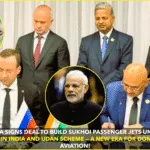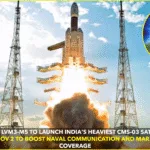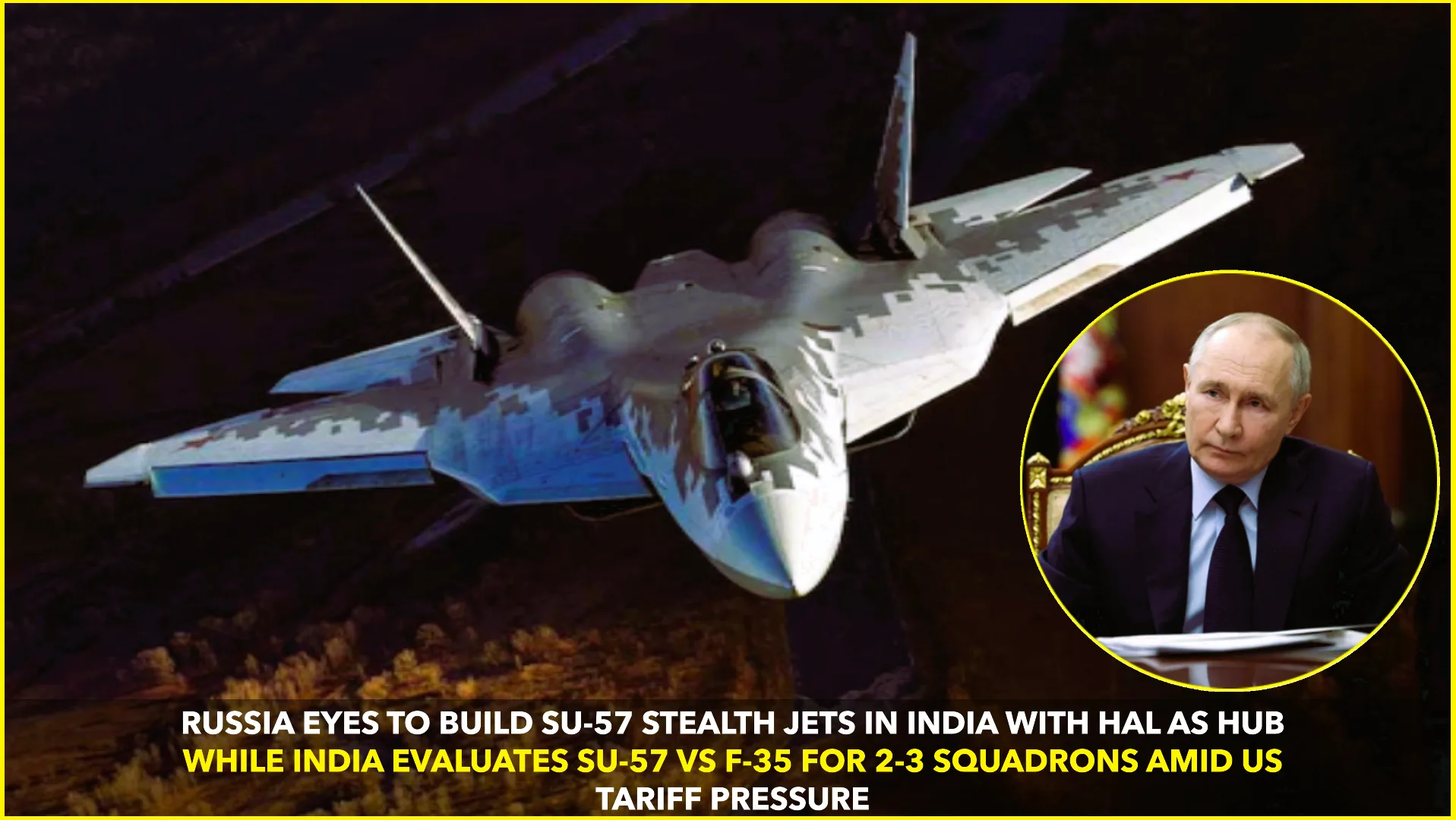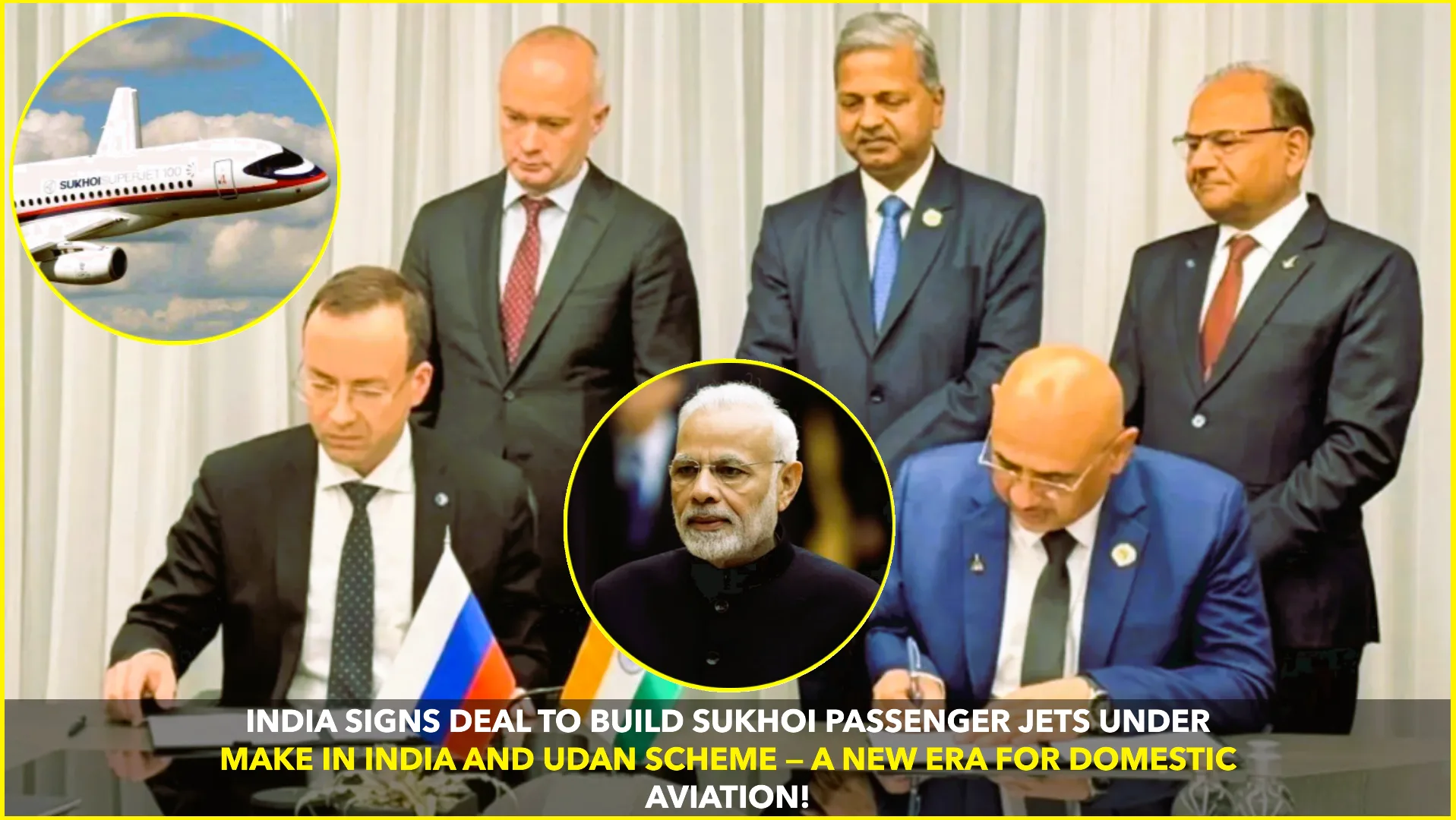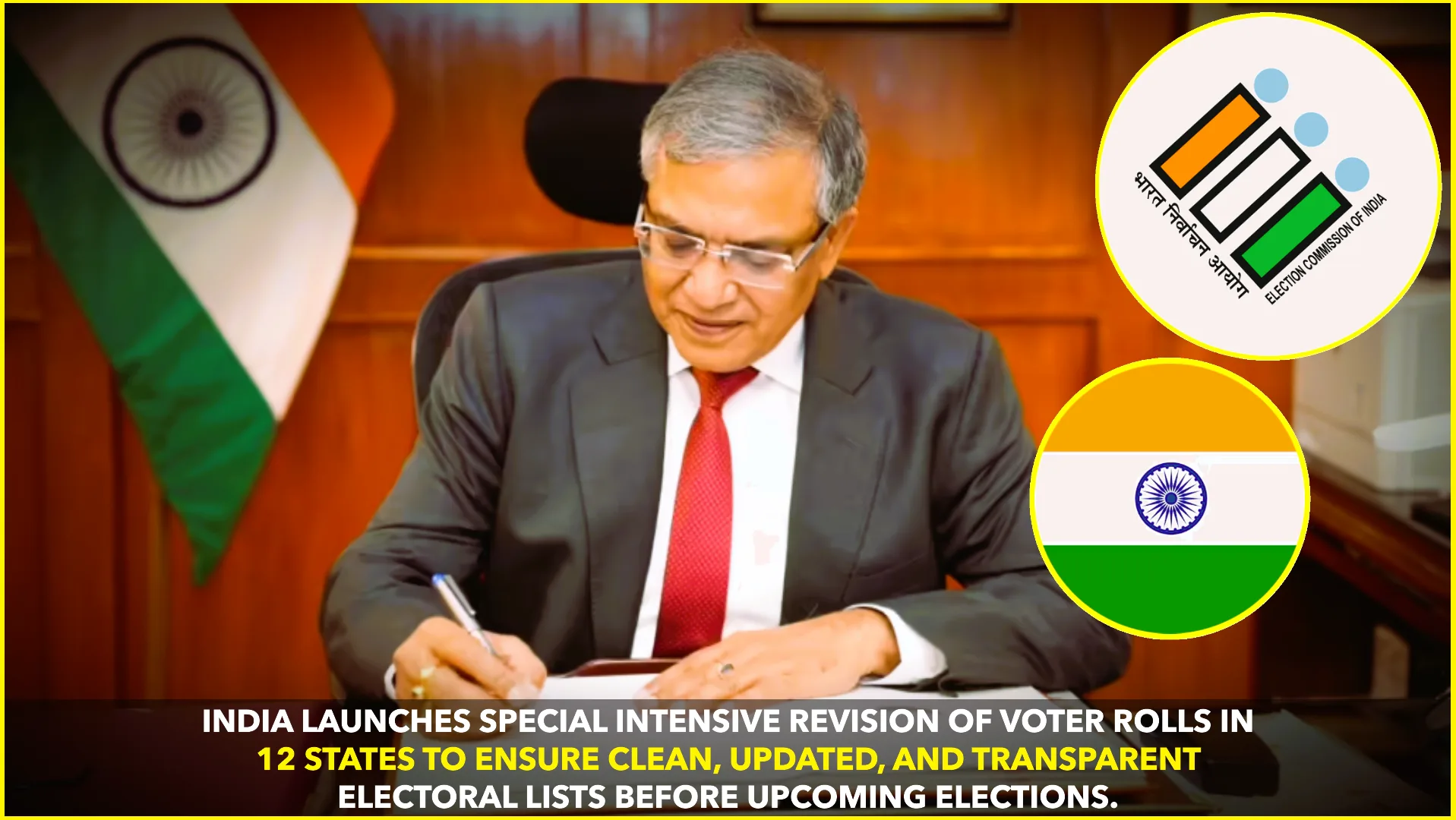Russia is currently evaluating plans to invest in the local manufacture of its Sukhoi Su-57 fifth-generation stealth fighter jets in India, with Hindustan Aeronautics Limited (HAL) expected to be the central production hub. The exploration aligns with India’s stated requirement for two to three squadrons of advanced fighters, with both Russia’s Su-57 and America’s F-35 under consideration. The Economic TimesThe Economic TimesMoneycontrol
Russia’s Proposal and India’s Interest
Defense sources reveal that Russia’s arms export arm Rosoboronexport is preparing a proposal that includes full technology transfer and joint production, leveraging India’s ‘Make in India’ initiative. HAL, which has a strong track record assembling Su-30MKI fighters at its Nashik facility, is being considered a cornerstone for Su-57 production. Other Indian plants handling Russian-origin equipment may also join if the deal proceeds.
India has indicated it urgently wants to induct two to three squadrons of fifth-generation jets—roughly 24 to 36 aircraft—to address a shortfall in combat-ready squadrons and restore its sanctioned strength of 42. Presently, the Indian Air Force operates fewer than 32 squadrons after decommissioning legacy jets. TASSMoneycontrolOrganiser
Strategic and Commercial Context
This move forms part of deepening India–Russia defense ties amidst rising U.S. tariffs, particularly linked to India’s purchase of Russian oil. In mid-2025, the U.S. imposed import tariffs of up to 50% on Indian goods and critiqued the strategic alignment with Moscow. Meanwhile, India has quietly signaled it is not keen to acquire the F-35 at this time, citing cost concerns and a preference for technology transfer rather than outright purchase.
Russia hopes that localizing Su-57 manufacturing will buffer supply chains from Western sanctions and potentially speed up delivery. A Rosoboronexport spokesperson reportedly remarked that production could begin in India as early as this year if New Delhi gives formal approval. The Economic TimesMoneycontrolEURASIAN TIMES
Revisiting Joint Development
India’s earlier partnership in the Fifth Generation Fighter Aircraft (FGFA) project—ultimately abandoned in 2018 due to concerns about cost, performance, and limited technology transfer—could potentially be revived in some form. Defense sources suggest that renewed collaboration with Russia on fighter development cannot be ruled out.
At the same time, India continues to advance its indigenous fifth-generation jet, the Advanced Medium Combat Aircraft (AMCA), which remains on track for induction around 2035. The interim gap in fighter capability is driving the country to consider foreign platforms while supporting long-term self-reliance. The Economic TimesMoneycontrolTASS
HAL’s Role and ‘Make in India’ Momentum
HAL, as a state-run aerospace enterprise, brings significant infrastructure and experience to the table. With annual turnover exceeding $3 billion, HAL already manufactures Su-30MKI aircraft, engines, and components for a slew of international partners. It has robust licensing capabilities and existing production lines that could be adapted relatively quickly for Su-57 production.
By localizing production, both countries stand to benefit. India would gain high-end aircraft and industrial expertise, while Russia could stabilize a struggling Su-57 export program and reduce its reliance on domestic delivery backlogs. Analysts note that India’s adoption would boost the Su-57’s credibility in global defense markets. EURASIAN TIMESThe Economic TimesThe Defense Post
Challenges and Geopolitical Decisions
The plan faces multiple hurdles. India must balance its growing ties with the U.S. and broader Quad partners, while managing the geopolitical consequences of deepening defense collaboration with Russia. Sanctions regimes like CAATSA remain a concern for both governments. Analysts caution that choosing between the Su-57 and F-35 involves trade-offs in autonomy, cost, and alignment.
India must also consider cost, timelines, and how much foreign technology can be integrated without impacting its push for self-reliance. Moreover, the AMCA program proceeds in parallel, and India may treat any Su-57 deal as a bridging solution. MoneycontrolThe Economic TimesTASS
Looking Ahead
Should India approve the investment proposal, HAL could begin adapting its Su-30MKI line for Su-57 assembly. A rollout within the current year is technically plausible, albeit contingent on regulatory approvals, investment terms, and strategic alignment. Russia would, in effect, establish India as a co-producer and potential export hub for the Su-57. The Economic TimesMoneycontrolEURASIAN TIMES
Ultimately, India faces a significant decision: pursue a foreign platform with local production backing, or continue to bet on indigenous development with AMCA leading the way. Balancing capability needs, geopolitical ties, and industrial goals will shape its path through 2035 and beyond.
This unfolding move underlines India’s evolving approach—a mix of sovereign defense capability, selective foreign collaboration, and strategic hedging in a complex global environment.


